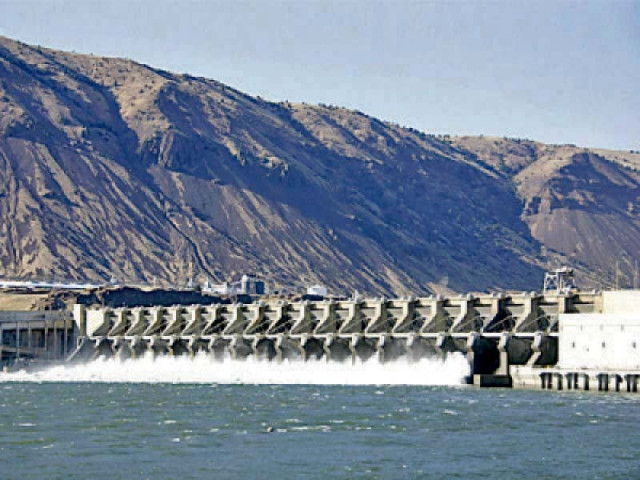Over $1b being invested in K-P power project
It will bring economic stability in least developed Upper Kohistan district

The chief executive officer of Pakhtunkhwa Energy Development Organisation (Pedo) has informed the National Electric Power Regulatory Authority (Nepra) that the Khyber-Pakhtunkhwa (K-P) government has attracted $1.03 billion in foreign direct investment.
It came through a government-to-government agreement with South Korea for developing the 470-megawatt Lower Spat Gah Hydro Power Project.
Nepra conducted a public hearing to deliberate on the grant of concurrence application submitted by LSG Hydro Power Limited. The company sought the authority’s approval for the concurrence and compliance with technical standards of the Lower Spat Gah Project. It proposed to determine the power purchaser at the tariff stage.
Pedo CEO Naeem Khan, during a recent public hearing, said that K-P government would inject 26% equity and had also signed an indicative term sheet with LSG Hydro Power. In this regard, the PC-I approval process has already got underway.
Emphasising the significance of the Lower Spat Gah Project, the CEO highlighted that it would bring economic stability to Upper Kohistan, currently the least developed district in K-P.
Projections indicate that the project will generate 7,000 skilled and semi-skilled jobs, marking a pivotal milestone as the first public-private partnership hydroelectric power project initiated by the K-P government.
Responding to queries, Chief Operating Officer Choi Hoon Joon revealed to The Express Tribune that the Lower Spat Gah Plant was a high-head run-of-the-river project designed to function as a “peaking power plant”.
Its strategic location, merely 660 metres from the 765-kilovolt National Transmission and Despatch Company (NTDC) line, ensures a remarkably low transmission cost when connected to the national grid.
Read: PEDO’s plan promises revenue and power
After debt repayment, the project is anticipated to produce electricity at Rs11.51 per kilowatt-hour (kWh), a cost significantly lower than the existing thermal power projects.
Notably, Lower Spat Gah is part of a cascade project, with two upstream projects of over 600MW.
Once operational, the infrastructure developed for Lower Spat Gah will help harness power from upstream projects at an even more economical rate.
The commitment to the project is evident in the company’s plans to invest over $90 million in constructing a 22km access road to the site, along with three bridges, including a mega bridge spanning the Indus River.
Recognising the federal government’s commitment to prioritising renewable energy projects, it is worth mentioning that wind and solar energy cannot entirely replace the retiring thermal projects.
It argued that hydroelectric power projects, besides ensuring grid stability, fostered an entire ecosystem of growth and prosperity.
With a gestation period of over eight years, hydroelectric power projects can reshape the landscape of entire regions, particularly benefiting economically disadvantaged areas such as the Upper Kohistan district, currently ranked 24th out of 25 in terms of GDP contribution.
Published in The Express Tribune, December 2nd, 2023.
Like Business on Facebook, follow @TribuneBiz on Twitter to stay informed and join in the conversation.



















COMMENTS
Comments are moderated and generally will be posted if they are on-topic and not abusive.
For more information, please see our Comments FAQ